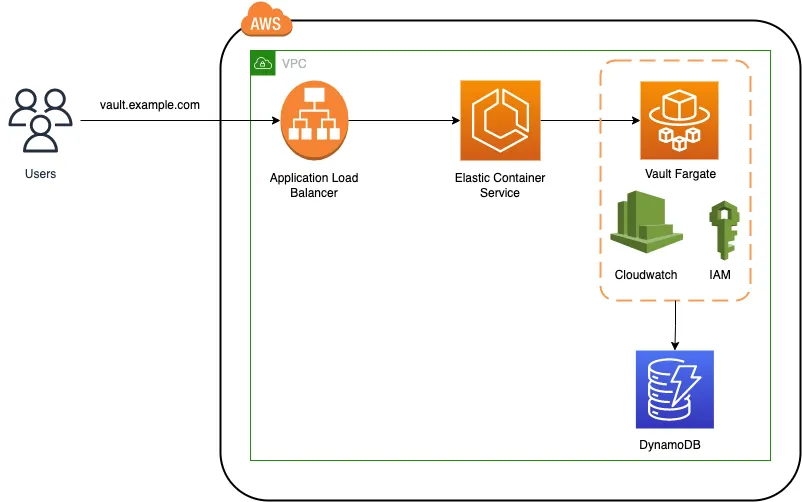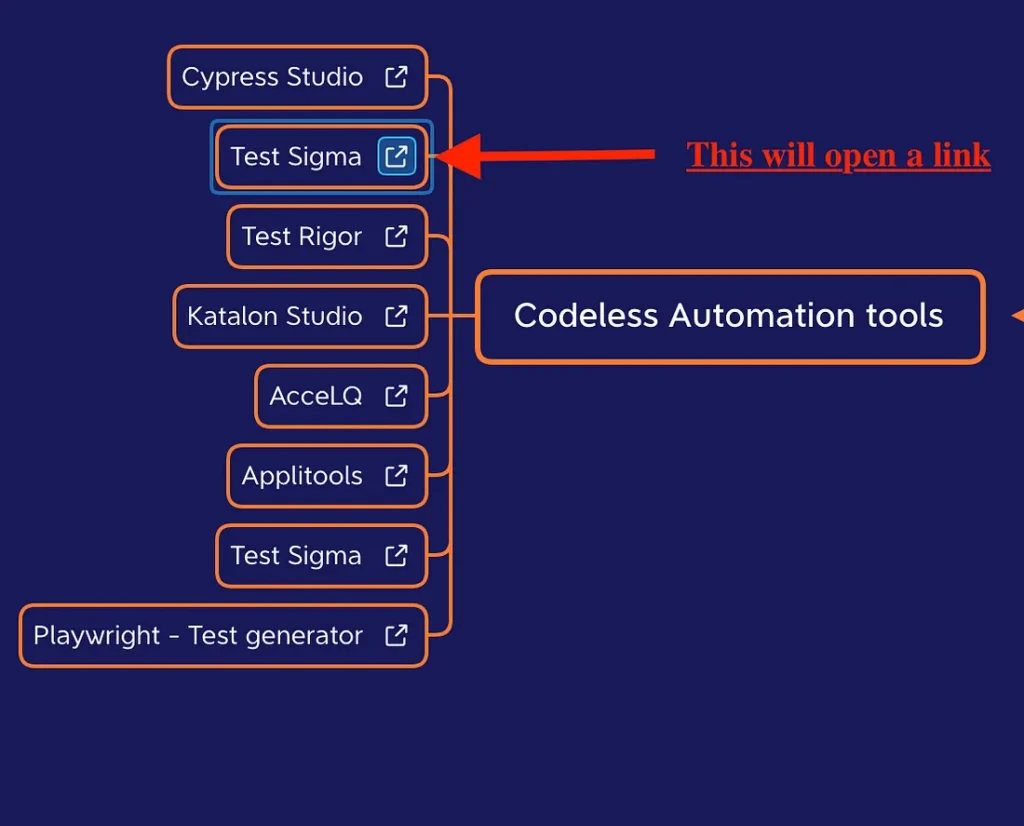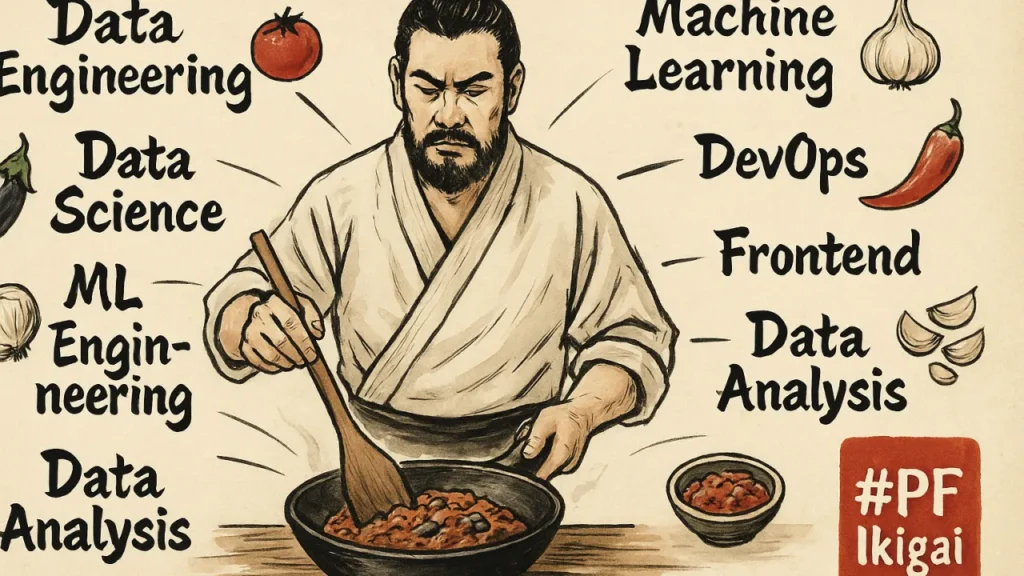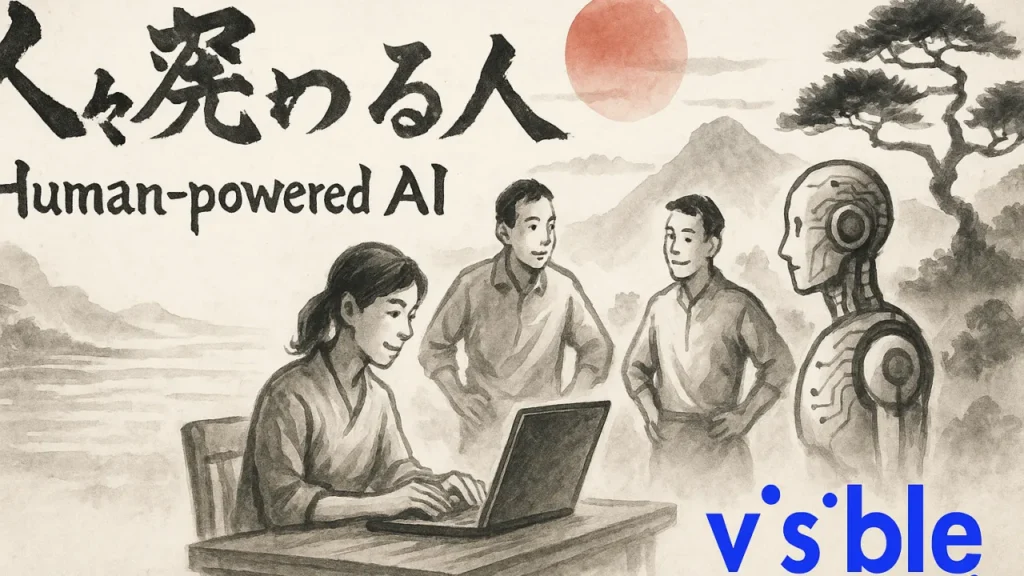Tech Writers at PF
From Ape-Brain to Homo Sapiens Organizations
I usually spend an hour on Saturday morning reflecting on last week and read up on recent scientific discoveries and see if I can bring any different perspectives next week and learn from it. I read few articles on how human brains grew larger which put us on path to evolutionary advantage and there was some great learning that I want to share today.
The evolution of the human brain is a fascinating journey that holds valuable lessons for today’s corporate leaders. Mauricio González-Forero, an evolutionary biologist at the University of St Andrews, proposes that the massive growth of the human brain was facilitated by evolutionary adaptations that redirected energy from basic bodily functions like digestion to brain development [❞]. One key adaptation was the shift to fermented diets, which made digestion more efficient and freed up energy for cognitive growth. This evolutionary cycle helped humans become the smartest species on Earth. C-suite leaders can draw parallels from this to understand how strategic decisions can transform their organizations.
Energy Efficiency and Organizational Growth
In human evolution, the shift to more efficient energy use was critical. Similarly, organizations thrive when they optimize resources. Executives should focus on automating routine tasks and implementing efficient processes. This approach mirrors the evolutionary shift to fermented diets, allowing energy (or resources) to be redirected to more complex functions such as innovation and strategic thinking.
Automations: The Fermented Diet of Organizations
- Process Automation:
- Reducing Manual Work: Implementing automation in routine tasks reduces the need for manual intervention, akin to how fermented diets made digestion easier and more efficient.
- Increasing Efficiency: Automation tools streamline operations, allowing employees to focus on higher-level tasks that drive innovation and growth.
- AI and Machine Learning:
- Data Analysis: Using AI to analyze large datasets can uncover insights that drive strategic decisions, much like how a more efficient digestive process allowed for greater cognitive development.
- Predictive Analytics: Machine learning can predict market trends and customer behavior, enabling proactive rather than reactive strategies.
Strategic Leadership: Bringing in Experienced Leaders
- Hiring Experienced Leaders:
- Decomposed Harder Issues: Just as humans evolved by overcoming complex challenges, organizations benefit from leaders who have tackled and resolved significant issues in their careers.
- Innovative Thinking: Experienced leaders bring new perspectives and innovative solutions that can propel an organization forward.
- Mentorship and Development:
- Cultivating Talent: Experienced leaders can mentor and develop junior staff, ensuring that the next generation of leaders is well-equipped to handle future challenges.
- Creating a Learning Culture: Encouraging continuous learning and adaptation within the organization fosters a culture of growth and resilience.
Creating a Positive Evolutionary Cycle
Organizations, like human brains, evolve through a series of positive feedback loops. By focusing on energy efficiency and strategic leadership, companies can create a cycle of continuous improvement and growth.
- Feedback and Adaptation:
- Regular Assessments: Conducting regular assessments of processes and strategies ensures that the organization remains agile and can adapt to changing environments.
- Incorporating Feedback: Listening to employee and customer feedback allows for adjustments that keep the organization on the path to success.
- Innovation and Growth:
- Encouraging Innovation: Providing time and resources for innovation projects can lead to breakthrough products and services.
- Scaling Successfully: As the organization grows, scaling operations effectively ensures that growth is sustainable and beneficial.
The journey from ape-brain to Homo sapiens was marked by strategic adaptations that maximized cognitive development. Similarly, organizations can evolve from basic operational entities to innovative powerhouses by making strategic decisions that optimize resources and bring in experienced leadership. By learning from the evolutionary success of the human brain, C-suite leaders can propel their organizations toward greater intelligence, efficiency, and success.








